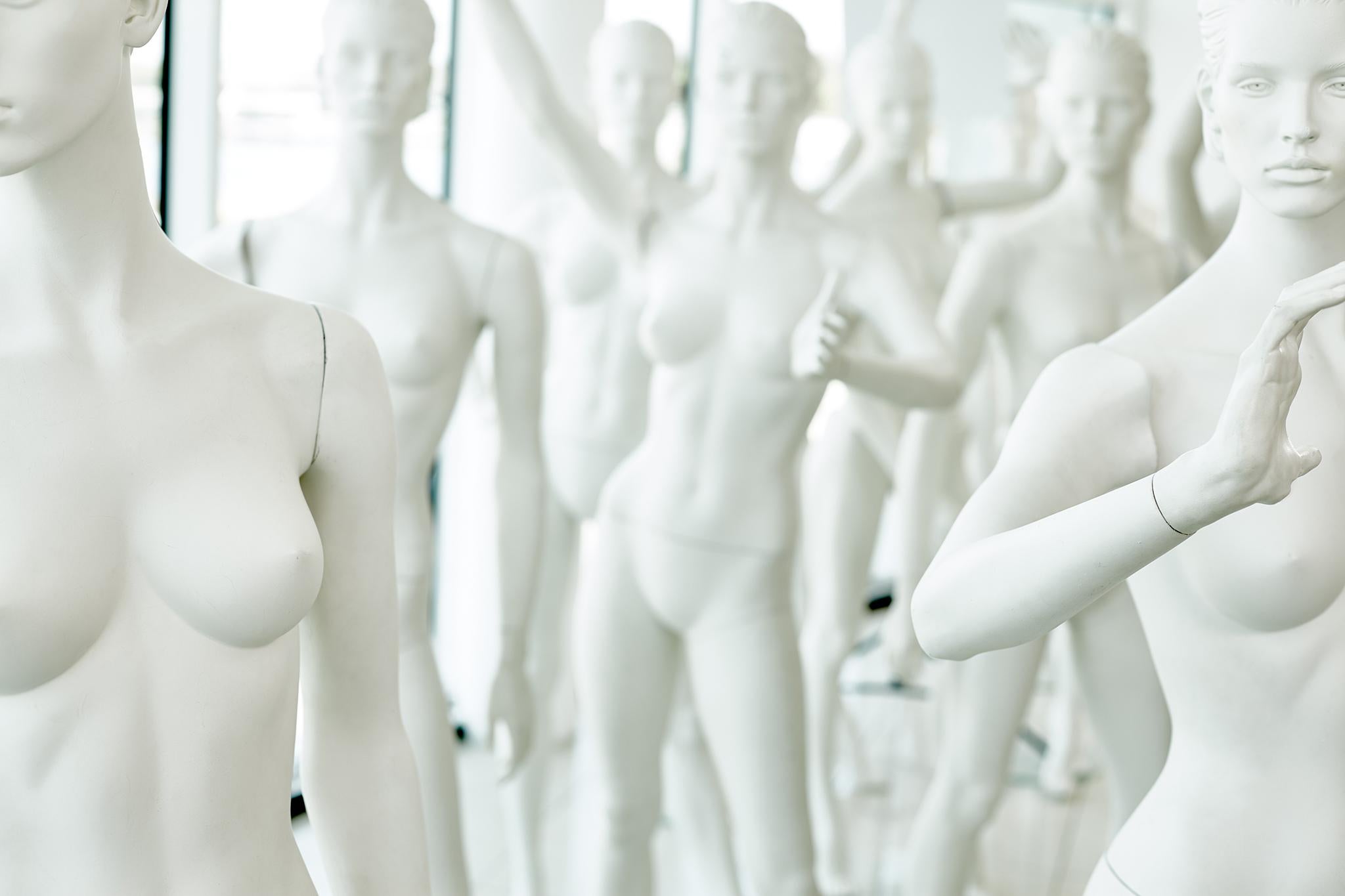Female High Street fashion mannequins are 'unrealistically thin', study finds
The study looked at both male and female mannequins yet found only 8% of male mannequins to be unrealistically underweight

Your support helps us to tell the story
This election is still a dead heat, according to most polls. In a fight with such wafer-thin margins, we need reporters on the ground talking to the people Trump and Harris are courting. Your support allows us to keep sending journalists to the story.
The Independent is trusted by 27 million Americans from across the entire political spectrum every month. Unlike many other quality news outlets, we choose not to lock you out of our reporting and analysis with paywalls. But quality journalism must still be paid for.
Help us keep bring these critical stories to light. Your support makes all the difference.
Mannequins used in stores to model clothes promote “ultra-thin” unhealthy body ideals, researchers have warned.
A new study from the University of Liverpool, published in the Journal of Eating Disorders, found that the average female mannequin body size was “representative of a severely underweight woman”.
Dr Eric Robinson and the team from the university’s institute of psychology, health and society examined mannequins in national retailers in two UK city high streets.
Out of the 32 female mannequins they assessed , they found them all to be an underweight body size using visual rating scales.
Researchers also looked into male mannequins and found the average male mannequin body to be significantly larger than the average female mannequin body size and only eight per cent of the male mannequins to represent an underweight body size for a man.
Dr Robinson said: “Our survey… produced consistent results; the body size of female mannequins represented that of extremely underweight human women.
“Because ultra-thin ideals encourage the development of body image problems in young people, we need to change the environment to reduce emphasis on the value of extreme thinness.”
Dr Robinson said his conclusion was not that altering the size of mannequins will “solve” body image problems among young people but suggested that the existing “ultra-thin” body types are “likely to reinforce inappropriate and unobtainable body ideals” so it is society’s responsibility to curb it.
“Given the prevalence of body image problems and disordered eating in young people is worryingly high, positive action that challenges communication of ultra-thin ideal may be of particular benefit to children, adolescents and young adult females,” he advised.
In 2015, high street retailer Topshop scrapped one of its mannequins after a Facebook post from a customer reprimanding the retailer for “a lack of concern for a generation of extremely body conscious youth” went viral.
Last year, the department store Debenhams announced it would be displaying size 16 mannequins in all its stores to reflect the size of many of its customers.
Join our commenting forum
Join thought-provoking conversations, follow other Independent readers and see their replies
Comments